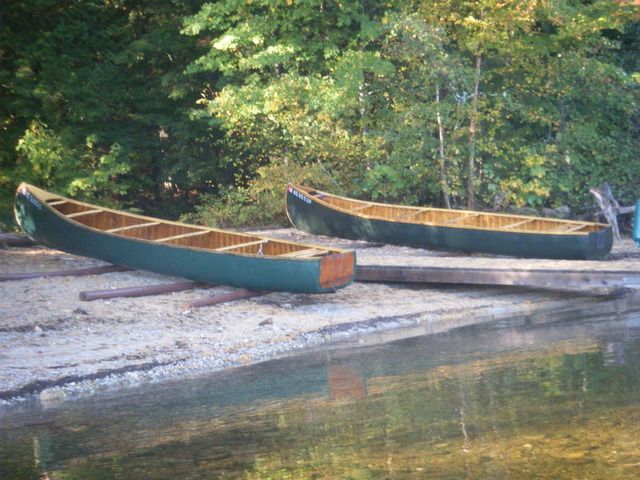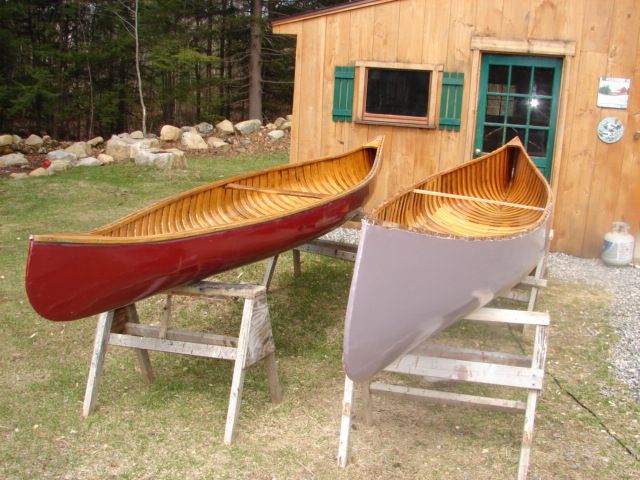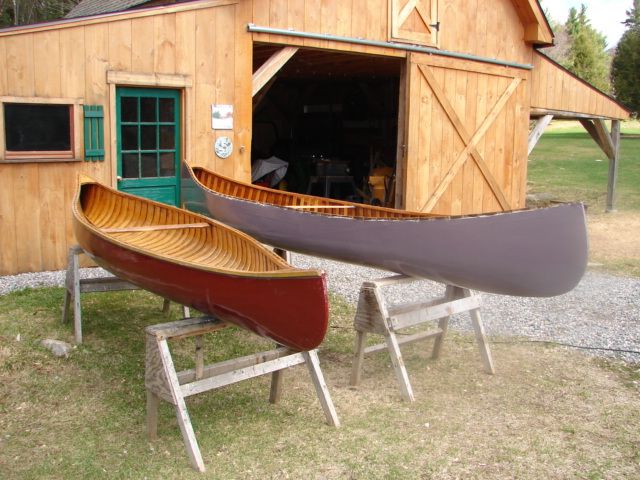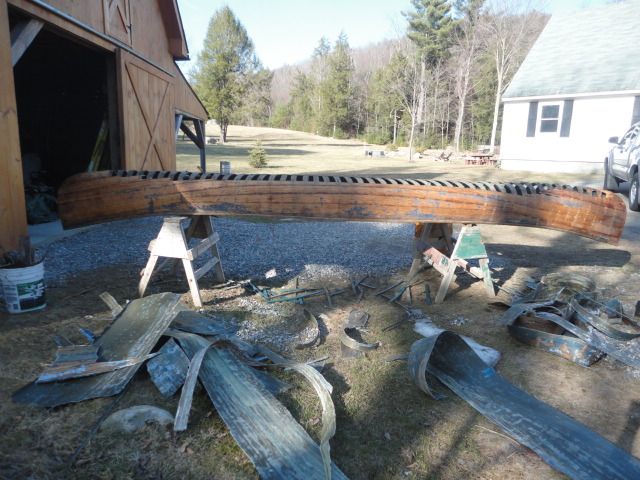Gavia: It is a tapered counter sink bit with collar. You can set the depth for both the drill bit and collar for the length of your screws and how deep you want the counter sink. I got them at Lee Valley, they sell them in sets, I have it for #8 and #10 screws. We are using #10's on this boat. I lay the screw on the gunwales to the depth I want it into the inwale, then set the drill bit and collar to suit. For holes without the counter sink you could likely remove the collar and counter sink and just use the tapered bit.
Brad: Actually they aren't brass, they are silicon bronze. It is nigh impossible now to get brass screws that won't break since most are made in China. These were ordered from a place in Minnesota, (Top Notch Fasteners) with whom I have never dealt with before and the order showed up about 2 weeks after I placed it online, without exchanging a word between them or I. I got 10/24 carriage bolts at the same time to hang the seats and thwarts, also silicon bronze.
The wet is brushing varnish into the newly drilled hole before setting the screw. It helps to lubricate and seal the raw wood.
Despite steaming and pre-bending we lost at least an inch of arch even after 2 days on the jig. I had over cut the jig by about a half inch but I figure the oak didn't get steamed long enough and because they are taller than we would normally do, it is harder to get them to bend. When they came of the steamer they bent smooth as silk, so now, to get them to take the small sharp upturn at the start of the deck, I will wrap a towel and pour boiling water on it to give it some flex before being able to finish them out to the ends. I also need to plane off a bit of the lip since the ribs taper as the approach the ends and I plane it to get it to fit better.













